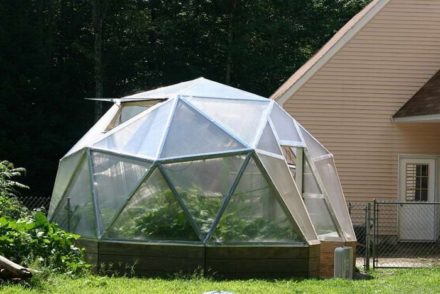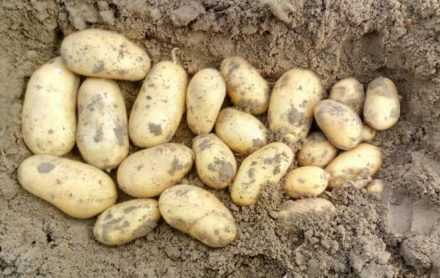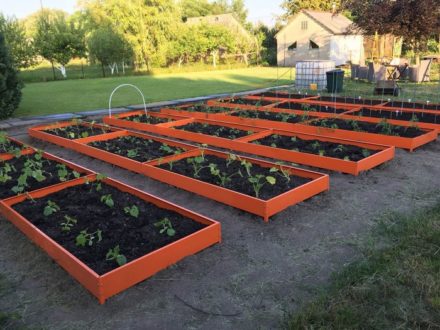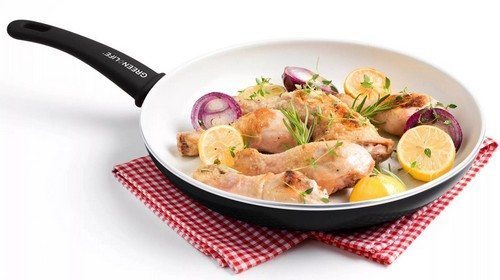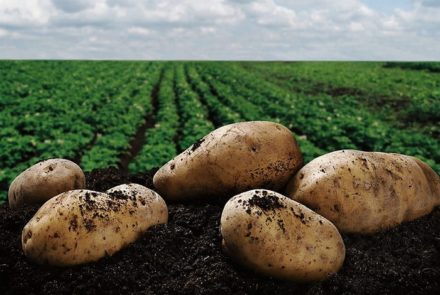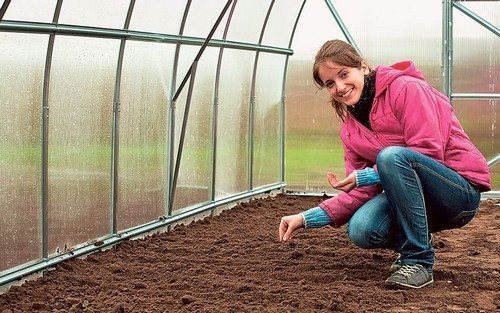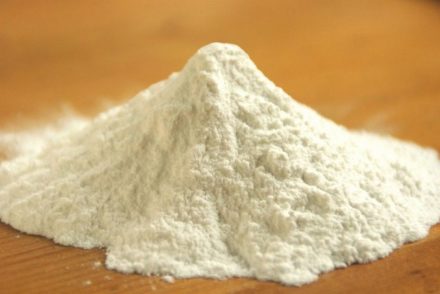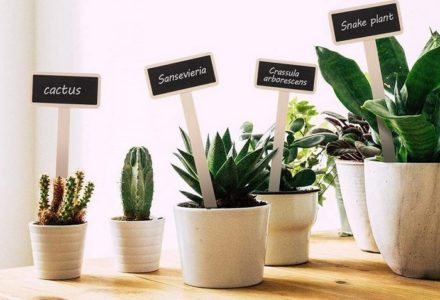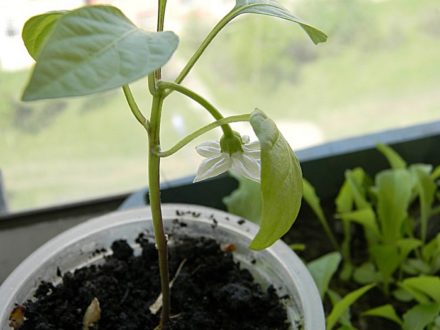For farmers and gardeners, growing plants in mineral wool sounds like something supernatural. But this method is far from new - in Denmark they have been doing this since the 1970s of the last century. Using mineral wool for planting has advantages and disadvantages that you need to know before using it on the farm.
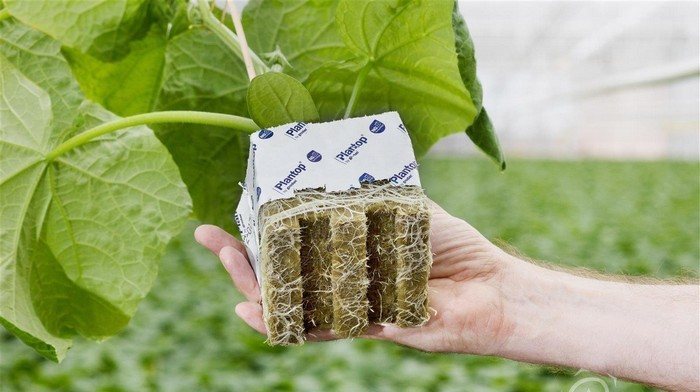
What does mineral wool consist of?
Mineral wool is produced by an alloy of coke, basalt and limestone at a temperature of 1600 degrees. The material obtains its porosity (95-97%) through the use of a binder. This quality provides the root zone with enough air even in high humidity. For use in gardening, mineral wool is shaped into mats, plugs or cubes.

Advantages and disadvantages of using mineral wool
Some properties of mineral material act as both a plus and a minus for different plants. Rockwool cubes are suitable for growing greenhouse plants from seed germination to harvesting, but are not suitable for root crops. The substrate can be used for two seasons and will continue to hold its shape. The material is sterile and reduces the risk of plant diseases, and its content of zinc and iron metals provides additional nutrition to crops. The absence of chemical reactions with other substances is also an advantage of the substrate.
One of the disadvantages is the uneven distribution of water during irrigation. Water accumulates mainly in the lower part, which is why the upper part dries out quite quickly. This can cause salt precipitation, so you need to ensure that the substrate is regularly and evenly moistened.
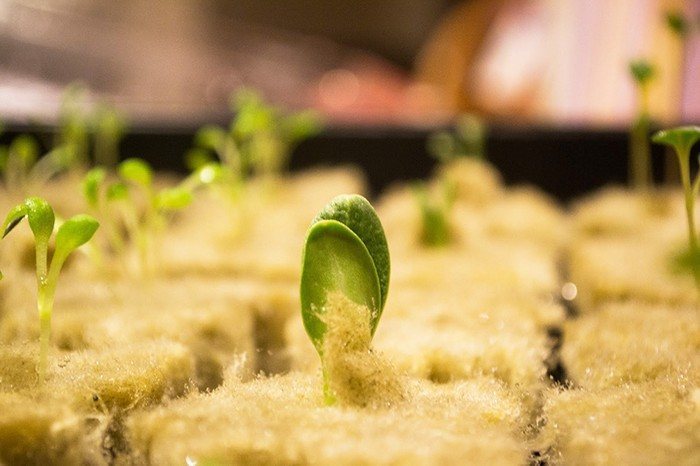
How to use mineral wool
The use of the substrate depends on what exactly needs to be grown. To germinate seeds, use plugs soaked in a special solution. A hole is made for the seed, which after planting is sprinkled with perlite or vermiculite to retain moisture. Before emergence, the plugs placed in cassettes are under a dark film.
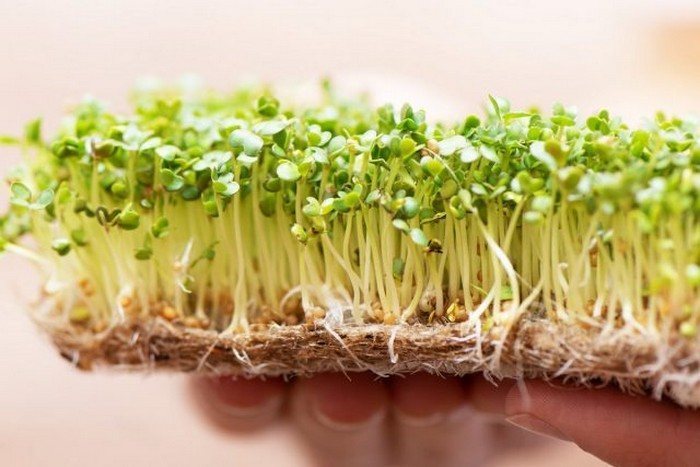
To grow seedlings, a cubic form of substrate is used, into which a plug with an already sprouted seed is inserted. The cubes are pre-saturated with a nutrient solution, which must be added as they dry out throughout the development of the seedlings.
For adult plants, mineral wool mats are used, into which cubes are planted, after removing the shell from them. Thus, the entire growing process can be carried out without the risk of damage to the root system.


